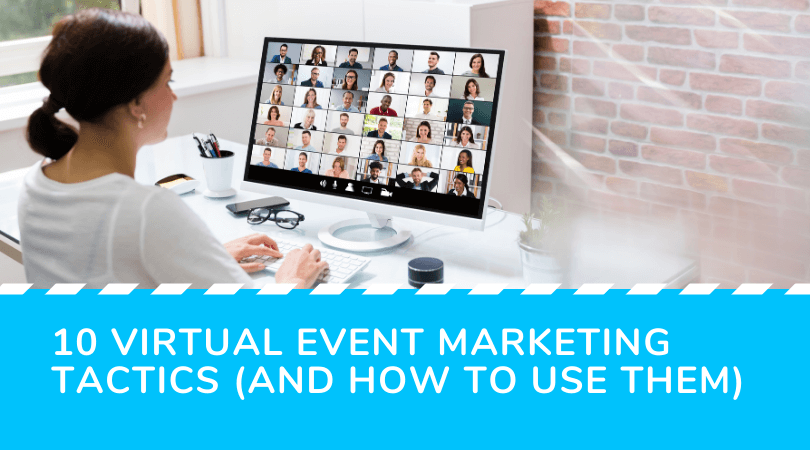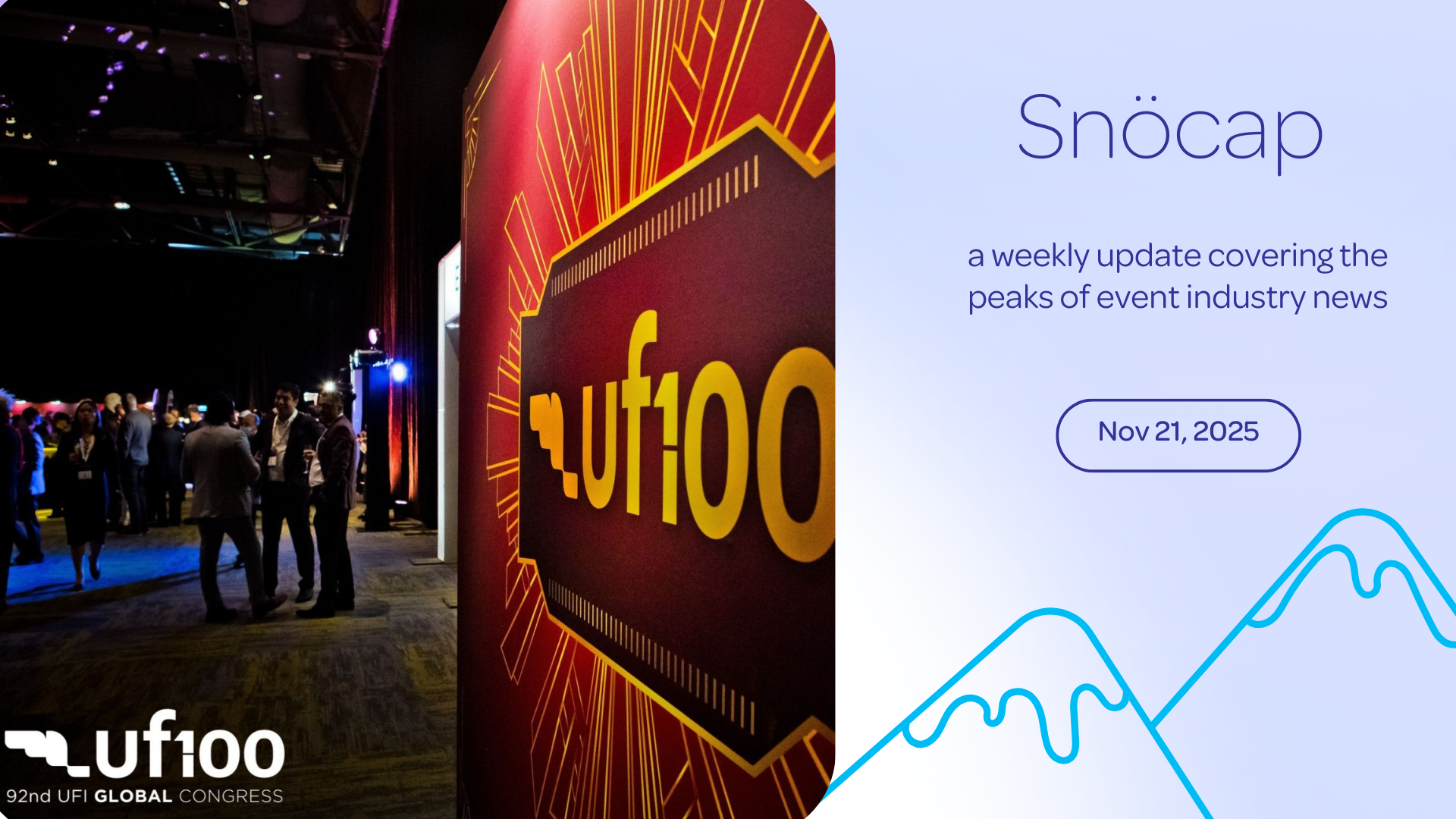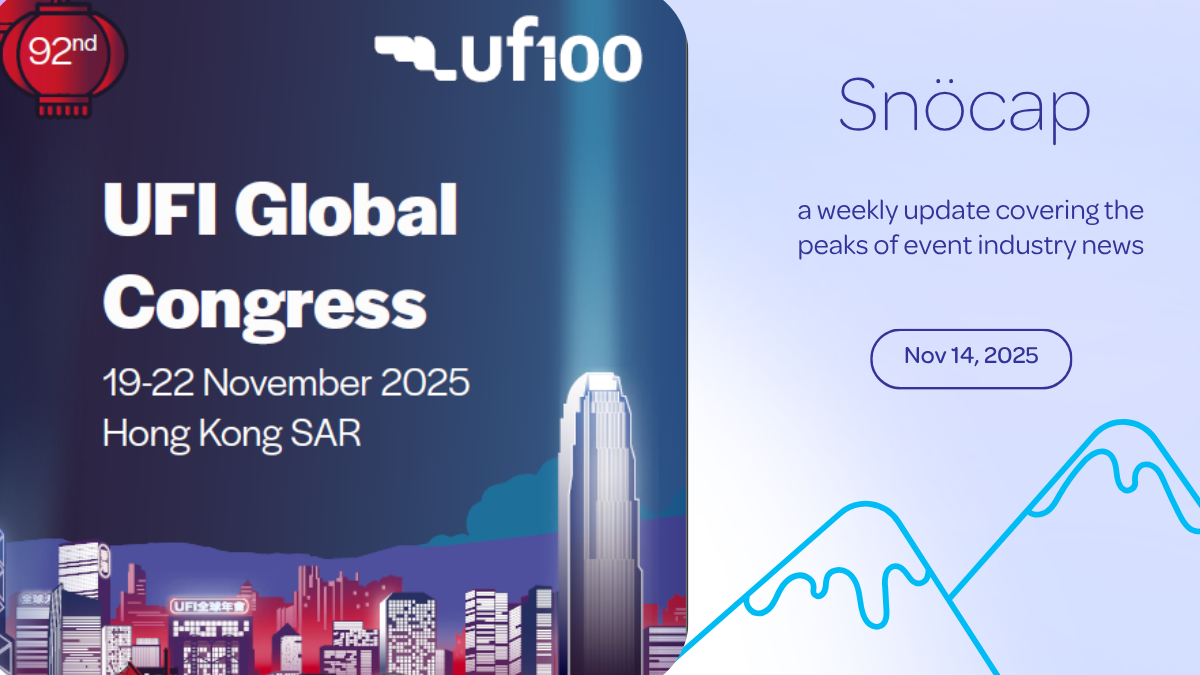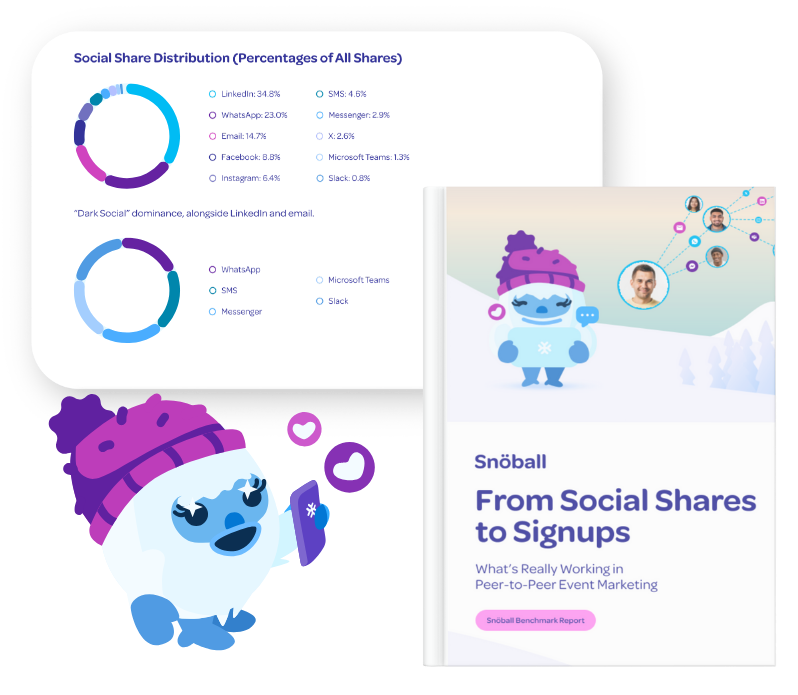Coming up with frequent, unique content for your event can be time-consuming. It can often feel futile, pumping out new content only to quickly move on to the next piece without rest or recognition. But instead of toiling away cranking out new content, have you tried repurposing your content instead?
Make your old content new again, reach new audiences, and expand your scope by simply following these 10 tips for repurposing your event marketing content!
1. Tie it to recent events
Have you ever created a piece of content, moved on from it, only for the subject to once again become relevant? Should you spend the time remaking that content from the ground up? Maybe just write “I told you so”? As tantalizing as that may be, it’s easier to repurpose that old content into relevancy.
Whether you’re simply linking back to an old piece of content to point out how timely it is now, or rearranging it to reflect the current situation, no one will get mad that you’re reusing it. People like pointing to old sources of information that predicted a current trend. It’s fun to reminisce on what we got right (or painfully wrong). You can even add an “I told you so” in the editor’s notes, but do so at your own peril.
2. Summarize with a video
Some people are simply visual learners. Written or audio-only content won’t reach everyone, regardless of how good it is. We live in a world without attention spans. Who has time to read anymore? Or listen to a two-hour webinar? We have so much content being thrown at us every day, all day, we have to be selective with what we choose to give our attention.
Videos are simple to engage with and instantly shareable. Not everyone is in the mood to read a long article, but watching a five-minute video that captures that message instead is much easier to digest. It’s not the be-all and end-all for all your content though. After all, it’s alluring to watch a video and mindlessly jump to the next without a thought, but it can be an excellent hook to get audiences interested in learning more.
Online tools like Milk Video and CLIPr allow you to easily edit, highlight, and transcribe all types of video content. You can effectively turn your webinar into a social media post, or edit a compilation of highlights from a Zoom interview.
3. Convert it into infographics
A subset of the visual learners is the numbers people. A portion of your audience will always be there for the cold facts. They want the graphs, the statistics, they want to see those numbers and charts. Sure the story of the content is nice, but can you distill it to just hard data?
You may have to do a bit of digging, but turning your content into infographics can make the facts clear and easily digestible. Some people want absolutely no fluff in their content, and you can respect that and cater to them by just providing the numbers, without a narrative to go along with it. Let the graphics do the talking for you.
4. Rearrange it for different platforms
It’s easy to fall into the trap of reusing the same content across multiple platforms. If they all allow you to share it in the same format anyway, why bother changing it up? It’s the same content, why should it matter if you’re posting it to Twitter or Instagram?
The rub is that different audiences use different platforms for different reasons. Nobody uses Facebook for business news, just like no one browses Linkedin for cat pictures. Learn the strengths and weaknesses of each of your platforms and cater your content towards those interests.
Facebook is more personal, LinkedIn is more formal, and Instagram needs popping visuals. It’s still all the same content, but now you’re pulling in people from all angles, whether they want the latest industry innovations or just to look at a funny picture.
5. Add more perspectives
We all have our own perspectives. You might think you’re bringing objectivity to a piece of content, but it’s easy to have blinders on when it comes to your own perception. It doesn’t hurt to bring in another voice to add to the mix, even if it’s just for augment’s sake- after all, people love a good debate.
Adding another perspective can transform your whole content into another conversation. That new perspective can have a dissenting opinion, an anecdote, or valuable insider information. Maybe that new perspective will be from an individual who can bring in a whole new audience. Collaborations between creators are huge for the audience support they bring in.
6. Do a content round-up
Sometimes people just miss your content. Whether it’s a timed window or your audience has just moved on to the next big thing. Does that mean your content just has to sit in the vault forever, ignored for the future? It might just be a better idea to gather all your old content together and compile it into a digital bundle.
Whether it’s an e-book or a newsletter, you can easily bundle together thematically similar or timed content for anyone who missed it or just needs a refresher. Whether you’re linking back to all the original content itself or creating a new piece by bringing them together, it’s an excellent way to save time and energy. And the audience will appreciate the reminder and can generate the conversation all over again.
7. Turn educational content into webinars
Is your content educational in any way? Even if it isn’t strictly educational, if you believe others can learn from it, why not teach them? Webinars are a great opportunity to expand on your content and engage with your audience by letting them interact with you and the content itself.
Bring in a guest speaker to cater to your audience’s interests and have them help turn your content into an educational course. Your audience engagement from the webinar will help expand that topic past its initial scope, and you’ll be able to branch your webinar off into even more future content.
8. Utilize your audience
It’s hard to trust companies at their word. Audiences don’t give their trust easily, and simply having a company tell them why their event is great with their own branded content sometimes doesn’t do the trick, no matter how convincing that content is.
Do you know who people do trust? Other people. Bring in personal testimonials to prove you’re the real deal and gain your audience’s trust. Sometimes people just need a little reassurance, especially in an age of false advertisement and clickbait. Putting a friendly name to a piece of content can help personalize it, and prove its trustworthiness.
Why not go the extra step and have your entire client base advocate for your event? Snöball allows you to mobilize your audience, from attendees to exhibitors, to become advocates for your event. Share personalized landing pages across platforms like Twitter, LinkedIn, and even email. People trust other people and Snöball facilitates those connections.
9. Change the headline
Headlines are tricky. You need to catch everyone’s attention, but you don’t want to swerve into clickbait territory and turn readers off. Sometimes you think you’ve finally come up with the perfect headline to catch eyes and bring people in… and it doesn’t work. You know you have good content, you just need people to see it.
They say you shouldn’t judge a book by its cover, but we all do it anyway. Well, looks like it’s time to change that cover!
Sometimes your headline just isn’t spicy enough. Or maybe it’s too spicy. Or maybe you’re just focusing on the wrong part of the story. Is there a gem of an idea in your content that you’ve undersold? Sure you can advertise the core of your content, but people want to get to the interesting part.
There’s nothing wrong with changing a headline to spark renewed interest in your content. Take some time to think about what the most interesting part of your content truly is and change your headline to reflect that instead.
10. Turn it into a podcast (or vice-versa)
As mentioned, there is a lot of content out there, enough to take up anyone’s full time. Because of that, we don’t always have the time to engage in every piece of content, even if it interests us. That’s exactly why we’ve seen the rise of podcasts as a huge form of media in the last decade – it’s perfect for multitasking. You can’t read an article at the gym, but you can always listen to a podcast.
Podcasts are a powerful tool for engaging busy audiences with your content. They require the smallest amount of attention by being audio-only, they can be conversational, and their longer format allows audiences to spend a significant time with the topic.
Alternatively, if you do have a podcast, it’s easy to repurpose it into a written form like a blog. While podcasts are certainly accessible, not everyone enjoys them or can listen to them. Transcribing or summarizing your podcasts into written form allows everyone to enjoy your content regardless of preference. Free online tools like Otter.ai allow you to easily transcribe your audio or visual content.
Bottom line:
Don’t drive yourself crazy creating piles of original content to advertise your event. They say work smarter, not harder, and you can always do that by repurposing your content. Instead of spreading out your ideas into as much content as possible, it’s easier to create fewer passionate, purposeful pieces of content, and focus on repurposing theminto as many avenues as possible. Don’t tie your message down to the format you’ve created it in.
Repurposing content isn’t just for peace of mind, it can help you reach new audiences you’d never even considered. Don’t toil away focusing on marketing your event with new content – you already have an event to run! If you find yourself wasting time and resources marketing your event, let Snöball help. We can take the reins and let your focus on the bigger picture.
Find out more about how Snöball can help you repurpose your event content to drive audience growth.





